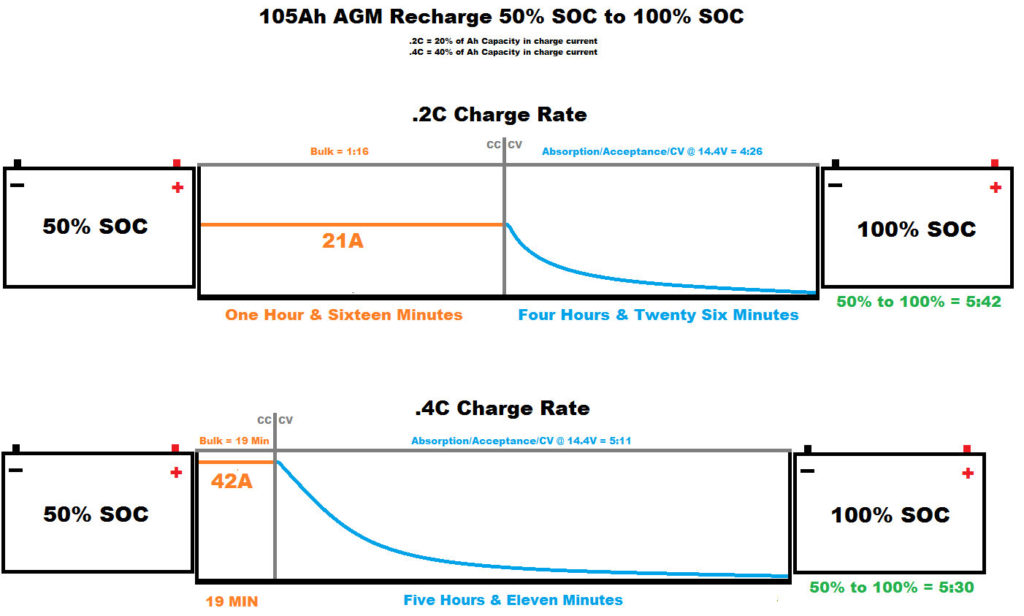hand_foot_maneuver
New member
Hi all, searched and searched but so many threads and tangents. Hard to tell if im getting the gist of what might be going on with my loss of power.
My deal:
-have an AT Bobcat, recently replaced the battery in it with Odyssey PF680, has not been able to keep power enough to make it through the night with the heater fan still having power. Also had to stop using power for lights and usb ports to preserve power forthe heater blower to be able to still have power in the cold mornings.
- havent had more than 3 hrs driving time on it at any one time, not sure ive ever reached full charge beyond the ‘full charge’ it came with.
-still learning this aspect of things, considering a solar rig as im wired for it, but thats for after winter.
-originally considering a second PF680 paralleled in to resolve my problem.
-the more i read here, the more my head spins but it seems that until my truck runs an AGM battery also, the charging wont be optimum on that camper battery. They charge at different rates right?
-no fridge, water pumps, etc. just LED lights, usb ports, and heater blower consuming power.
Can anyone verify if this is the case? Want to make sure im understanding ’starting battery’ correctly before i go about approaching this all wrong. My solution, if logical, is to go to Sears and get an AGM die hard for my truck, in hopes that having both batteries the same type will let them charge at the same rates.
Truck is 2016 Chevy Colorado diesel, 4wd. Comes with heavier alternator, just had the serp belt changed several months ago. Charging system should be in good shape. Never had an issue with the old deep cycle it came with, until it stopped holding charge on its warranty expiry month.
My truck could use a new battery, its the original 2016 AC Delco and isnt AGM type. Id put a nice AGM in the truck to make it all work.
My deal:
-have an AT Bobcat, recently replaced the battery in it with Odyssey PF680, has not been able to keep power enough to make it through the night with the heater fan still having power. Also had to stop using power for lights and usb ports to preserve power forthe heater blower to be able to still have power in the cold mornings.
- havent had more than 3 hrs driving time on it at any one time, not sure ive ever reached full charge beyond the ‘full charge’ it came with.
-still learning this aspect of things, considering a solar rig as im wired for it, but thats for after winter.
-originally considering a second PF680 paralleled in to resolve my problem.
-the more i read here, the more my head spins but it seems that until my truck runs an AGM battery also, the charging wont be optimum on that camper battery. They charge at different rates right?
-no fridge, water pumps, etc. just LED lights, usb ports, and heater blower consuming power.
Can anyone verify if this is the case? Want to make sure im understanding ’starting battery’ correctly before i go about approaching this all wrong. My solution, if logical, is to go to Sears and get an AGM die hard for my truck, in hopes that having both batteries the same type will let them charge at the same rates.
Truck is 2016 Chevy Colorado diesel, 4wd. Comes with heavier alternator, just had the serp belt changed several months ago. Charging system should be in good shape. Never had an issue with the old deep cycle it came with, until it stopped holding charge on its warranty expiry month.
My truck could use a new battery, its the original 2016 AC Delco and isnt AGM type. Id put a nice AGM in the truck to make it all work.
Last edited:

